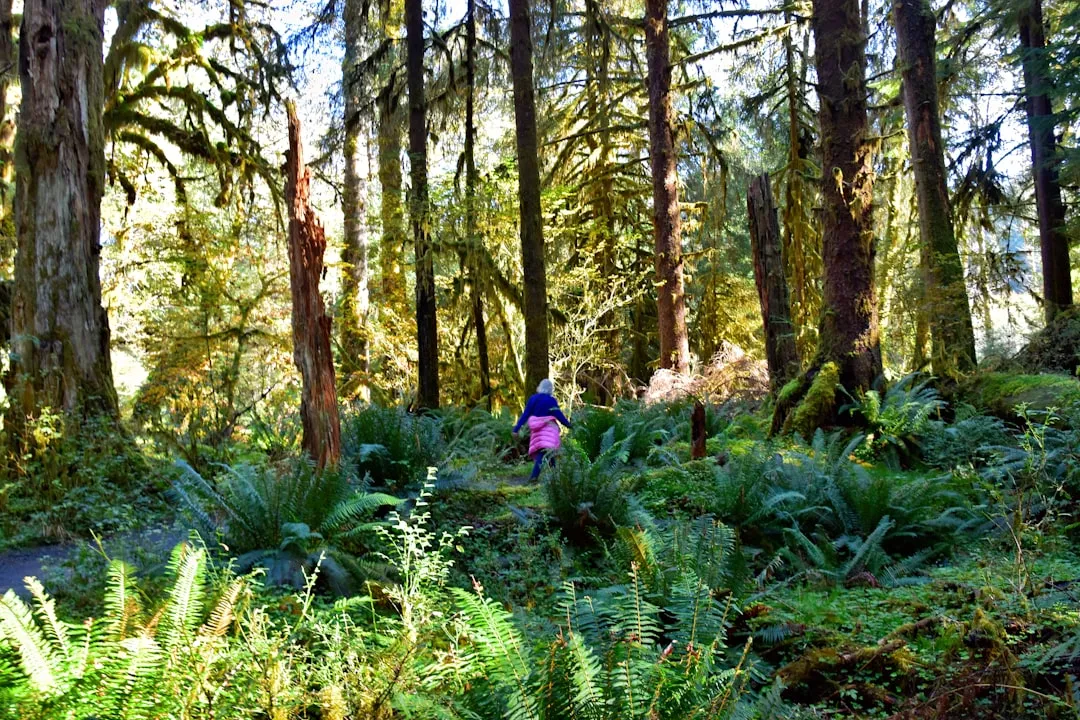Transform Your Northeast Garden with Effortless Blooms

Are you looking to add a splash of color to your garden without the hassle of high - maintenance plants? Look no further! The northeastern region of the United States is home to a variety of native plants that are not only easy to grow but also provide a vibrant display of colors throughout the seasons. Let's explore some of these wonderful plants that can transform your garden into a haven of natural beauty.
One of the top choices for a low - maintenance garden in the Northeast is the Black - eyed Susan (Rudbeckia hirta). These cheerful yellow flowers with dark centers are a staple in many gardens. They are drought - tolerant and can thrive in a wide range of soil conditions. Black - eyed Susans bloom from mid - summer to early fall, attracting butterflies and bees. You can plant them in mass for a bold statement or mix them with other perennials for a more diverse look. They are also great for cutting, so you can bring a bit of the garden indoors.
Another excellent option is the New England Aster (Symphyotrichum novae - angliae). This native plant is a late - season bloomer, adding a burst of purple, pink, or white to your garden when many other plants are starting to fade. New England Asters are hardy and can tolerate cold temperatures. They prefer full sun but can also do well in partial shade. These asters are a favorite among pollinators, especially migrating monarch butterflies. Plant them at the back of your border for a tall, showy display.
For a ground - covering option, consider the Creeping Phlox (Phlox subulata). This low - growing plant forms a dense mat of evergreen foliage that is covered in colorful flowers in the spring. Creeping Phlox comes in a variety of colors, including pink, purple, white, and blue. It is well - suited for rock gardens, slopes, or the edges of pathways. It requires little maintenance and is deer - resistant, making it a practical choice for many gardens in the Northeast.
The Cardinal Flower (Lobelia cardinalis) is a stunning native plant that adds a touch of drama to any garden. With its bright red tubular flowers, it is a magnet for hummingbirds. Cardinal Flowers prefer moist, rich soil and partial shade. They bloom in late summer and early fall, providing a pop of color when other plants are winding down. You can plant them near a pond or in a rain garden to create a naturalistic setting.
Switchgrass (Panicum virgatum) is a native grass that offers both beauty and functionality. It has tall, upright stems with airy seed heads that sway gracefully in the wind. Switchgrass is drought - tolerant and can grow in poor soil conditions. It provides habitat for birds and other wildlife. In the fall, the foliage turns a beautiful golden color, adding to its visual appeal. You can use switchgrass as a backdrop for other plants or create a privacy screen.
When planning your garden with these native plants, it's important to consider their spacing and growth habits. Make sure to provide enough room for each plant to grow and thrive. You can also mix different species to create a more dynamic and ecologically friendly garden. Additionally, native plants are adapted to the local climate and soil conditions, which means they are more likely to be disease - and pest - resistant, reducing the need for chemical pesticides and fertilizers.
In conclusion, by adding these easy - growing native northeast plants to your garden, you can enjoy a colorful and low - maintenance landscape throughout the seasons. Whether you're a seasoned gardener or just starting out, these plants offer a great way to connect with nature and create a beautiful outdoor space that benefits both you and the environment.